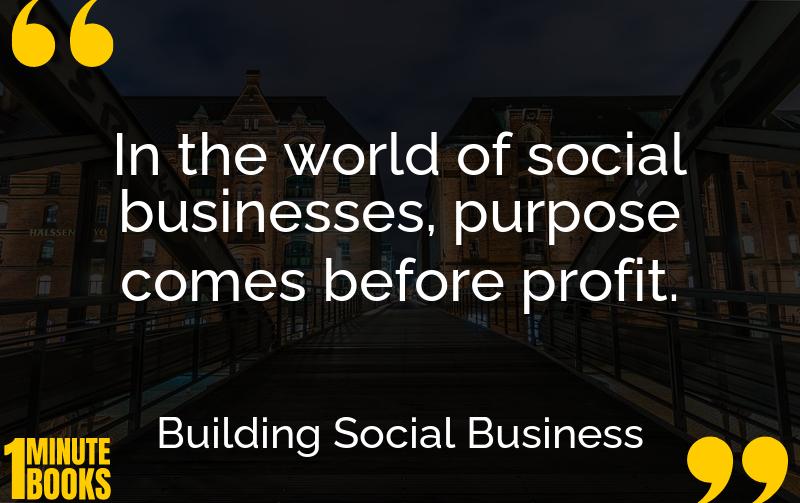
Muhammad Yunus’s ‘Building Social Business’ introduces a new business model prioritizing social impact over profits. It distinguishes social businesses from traditional and nonprofit entities, urging a shift towards empathy-driven entrepreneurship.
Main Lessons
- Social businesses prioritize solving social, economic, or environmental issues over profit-making.
- Type I social businesses reinvest profits, while Type II are owned by low-income individuals to alleviate poverty.
- Social business is distinct from NGOs and social enterprises, offering economic stability with a social mission.
- A successful social business begins with a strong idea focused on social impact and economic sustainability.
- Identifying and addressing smaller, manageable social issues can be a strategic start for aspiring social entrepreneurs.
- A detailed, five-year business plan is vital to securing funding and ensuring financial sustainability.
- Operating as for-profit allows social businesses to maintain a social mission without regulatory burdens.
- Social businesses can bridge the wealth gap exacerbated by traditional capitalism.
- Social business champions empathy and altruism, shifting the focus from profit maximization to social progress.
- The model showcases the potential for businesses to contribute to social and environmental betterment.
- Prominent examples include Grameen Danone fighting malnutrition and Grameen Bank providing financial access to the poor.
- Social businesses introduce a new dimension to the concept of success, revolving around impact and sustainable development.
- This innovative model addresses global challenges like poverty and inequality, promoting a more equitable future.








